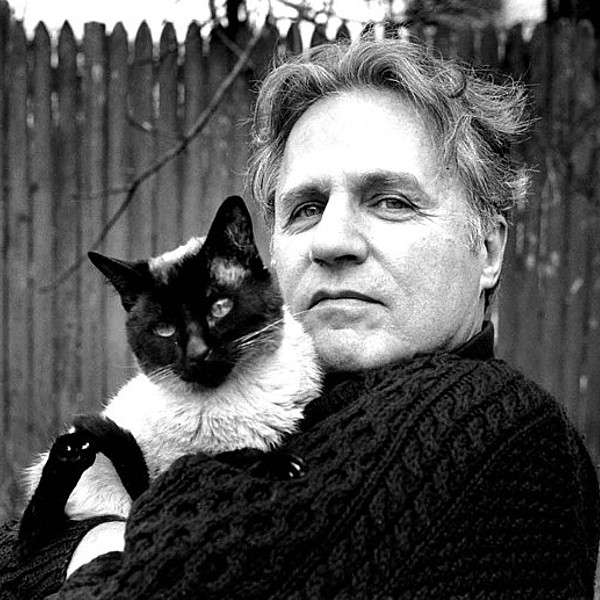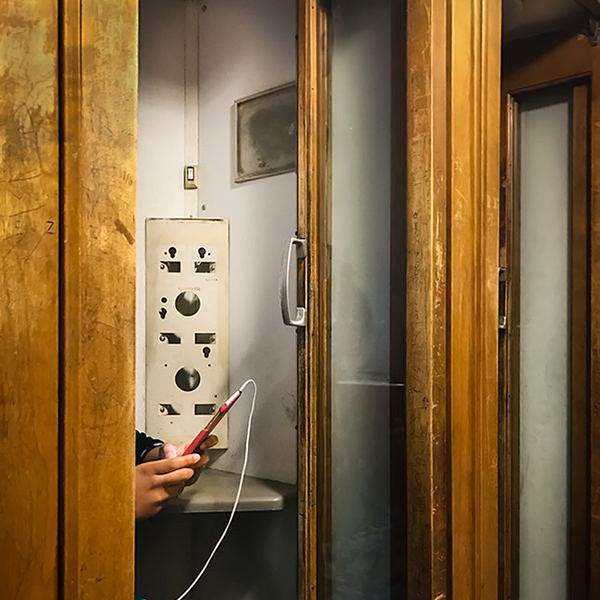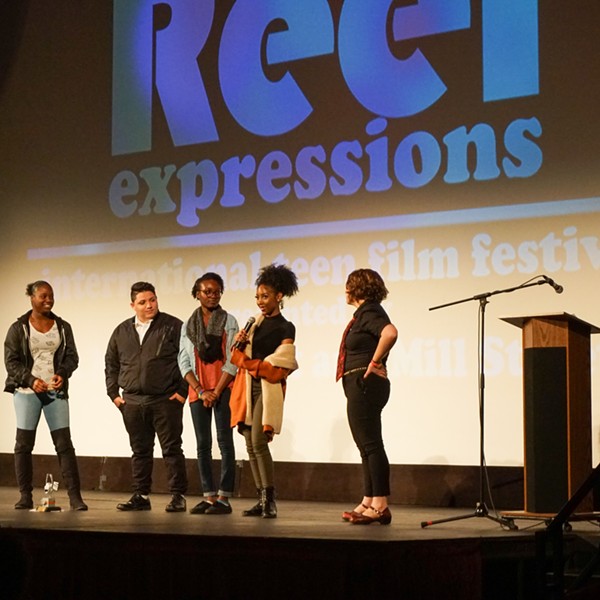The story begins in 1913 when the village on the river—Fishkill Landing—and the village on the creek—Matteawan—voted to merge into a new city. The two villages had been growing toward each other for years, even sharing the same Main Street. A charter committee selected a name for the new city that would reflect the area's history: Melzingah, after a local Indian tribe.
It didn't last. The papers down in New York City had a field day with the name, chastising the city for its choice. Panicked, the city held a referendum vote and chose instead to name itself after Mount Beacon, the 1,600-foot summit to its south where soldiers lit signal fires during the Revolutionary War.
It was the last time Beacon gave a crap about what anyone in New York City thought of them.
The fiercely independent city flourished for the next 50 years, with bustling factories alongside Fishkill Creek and the world's steepest incline railway shuttling the well-to-do up the slopes of Mount Beacon for dancing and revelry at its mountaintop casino. But the party drew to a close as the 20th century wound down. Recessions shuttered the factories and the local economy dried up. Fires on the mountaintop once again signaled danger, only this time they were set by arsonists instead of soldiers. A series of particularly brutal blazes in the early 1980s destroyed the incline railway and almost all of the remaining structures on the mountaintop. Storefronts along Main Street sat empty for years. Beacon became known as a place you drove through with your car doors locked.
But Beaconites don't go down without a fight, and as the new millennium dawned the city slowly began to reclaim its former glory. The Beacon Renaissance got its first big boost when the Dia:Beacon museum opened in a 240,000-square-foot former Nabisco factory by the train station. Suddenly the number of galleries and restaurants on Main Street exploded. Members of New York City's creative class who were looking for affordable places to start a family took the Metro-North train to visit the Dia and never left.
Beacon today is an embarrassment of culinary and cultural riches. The same papers down in New York City that ridiculed it a hundred years ago now regularly proclaim it to be the next big thing, much to its bemused indifference. Soon the papers will move on to the next theoretically hip town and Beacon will still be humming along happily beneath the fog-kissed slopes of its namesake mountain, guided by the spirit of the city's most famous resident, the late folk icon Pete Seeger.
Pete—and yes, everyone here just called him Pete—could always be found around town organizing marches, singing on street corners, teaching folk songs in the elementary schools and listening patiently to whatever it was you had to say down at the Beacon Sloop Club. More than any restaurant or art opening, Pete's lifelong example of civic pride and what it means to be a citizen is what truly laid the groundwork for Beacon's revival. As he used to say, "I wanted to turn back the clock to when people lived in small villages and took care of each other."
Thanks to the generous vision and die-hard determination of Pete and his fellow longtime Beaconites who stuck it out when the rest of the world turned its back on them, that dream will remain a reality for generations to come.
















